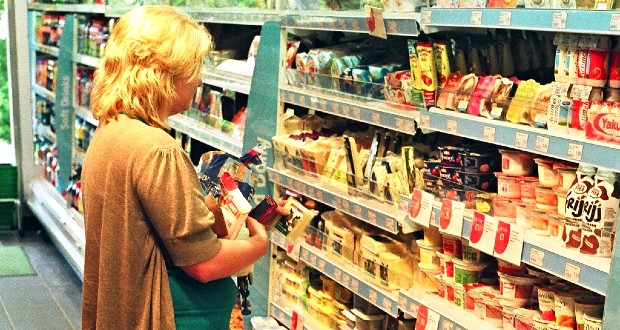Food and drink were among the strongest performing categories both on the high street and online, as consumers made the most of brief spells of sunshine to enjoy the summer holidays. Internet retailers continue to struggle as online sales fell yet again in August, dropping by 3% year on year.
Non-food products had their best month since February, particularly for health and beauty.
The sales figures reflected the improvement in consumer confidence in August, and retailers hope this general upwards trend will carry on.
Helen Dickinson OBE, chief executive, BRC, said: “Easing inflation will certainly be welcomed by consumers, but as the rate of price rises falls, so will the extra spending needed by consumers.
“As a result, sales growth may fall in the coming months, even if volume growth does not. Furthermore, high interest rates and high winter energy bills will put pressure on many households to spend cautiously.
“Retailers are combatting this through a clear focus on great value for consumers, expanding budget ranges, and finding ways to cut costs where possible.
Paul Martin, UK head of retail, KPMG, said: “August saw a bounce back in retail sales growth to 4.1%, which will come as a relief for many retailers.
“As summer comes to an end, retailers will have their sights firmly set on the most crucial period of trading as consumers get ready for Christmas.
“Inflation levels are heading in the right direction, albeit much more slowly than hoped, and savvy shoppers will be Christmas bargain hunting much earlier this year, as price continues to drive decisions and consumers seek out good deals to stretch their budgets.
“With shoppers becoming more calculated and aware of what they are getting for their money than we have seen for a long time, retailers will have to fight harder for every sale.
“Having survived the pandemic and continuing to battle through the cost-of-living crisis, we are already starting to see the resilience of the sector begin to fade and high street casualties are starting to emerge.
“Maintaining consumer confidence as we head into the golden quarter will be absolutely vital for some in the sector, who will need a good Christmas in order to continue trading in 2024.
Speaking about food & drink sector performance, Sarah Bradbury, CEO, IGD, said: “Despite the disappointing summer weather, August saw food and drink sales recovering some momentum that was lost in July.
“The progress of the Lionesses in the World Cup brought cheer to consumers and an excuse for get-togethers around game times.
“However, inflation remains the dominant driver of headline growth in the sector and, although lower now than the peaks seen a few months ago, it remains high by historical standards.
“Shopper sentiment was more muted in August, matching the disappointing summer weather. IGD’s Shopper confidence Index declined marginally, following recent gains.
“Shoppers remain concerned about the relatively high food inflation. Fewer now believe food prices will get cheaper in the next year (8% vs 11% last month). Only 13% expect food prices to return to their 2021 level.
Steve Ponting, director at Software AG warns that although there has been some settling of the inflation rate, retailers should be conscious of the lag effect of supply chain pressures which can bring the price of goods back up.
“Today’s figures show an increase in spending of 4.1% throughout August compared to the previous year, attributed to the settling of inflation levels.
“|Whilst we might be seeing a boost in consumer confidence and a drop in headline price inflation rates, we must remain mindful of the lag effect of the continued supply chain pressures.
“The collapse of the Black Sea grain agreement is set to push grain prices higher for imported grain and associated products.
“Adding this to an ongoing supply deficit for crude oil, we can expect to see further increases to oil prices driving up energy prices, production and transport costs – all of which will have an effect on overall price inflation.
“Supply and demand are more difficult than ever to predict, so there is a renewed importance of businesses having real-time accurate data at their fingers to enable fast decision making and to optimise demand forecasting and buying processes.
“As we edge closer to the golden quarter for retail, businesses need to get their houses in order – or risk falling mercy to matters that are outside of their control.”
 Talking Retail Grocery and product news for independent retailers
Talking Retail Grocery and product news for independent retailers






